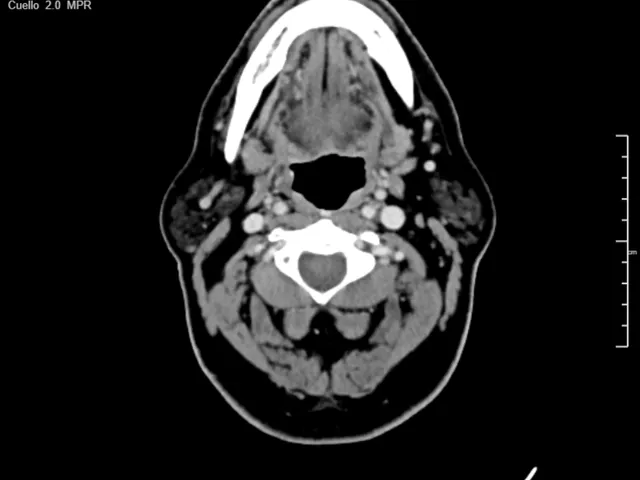
Reporting Course
8 CME Credits
·
Level II
Head and Neck Cancer Imaging
This Reporting Course on head and neck cancer is aimed at radiologists who are interested in boosting their clinical competences in the interpretation and identification of different head and neck cancer patterns via images in MRI and CT scan cases.
20 cases
Already have an account?
Description
The anatomy of the neck is complex, with many critical structures in a relatively small cross-sectional area. Many structures in the neck also have similar soft tissue density or signal that further complicates interpretation for the radiologist. It is important to recognize the anatomy and landmarks of cervical compartments as well as the patterns of spread when evaluating head and neck tumours. This imaging-based classification it is a reproducible and consistent classification system endorsed by clinicians and radiologists specialized in head and neck cancer to assess lymph nodes involvement.
Learning Objectives
- Recognise the anatomy of the nasopharynx, oropharynx, hypopharynx and supraglottis
- List the areas of extension of head and neck tumours
- List the boundaries of the head and neck nodal levels
- List the expected patterns of nodal spread in head and neck cancers
- Correctly classify and stage the tumours following the TNM classification
Level
Level II - General radiologist
Technical Requirements
| Hardware | Tablets * | Minimum | Recommended |
|---|---|---|---|
| Memory (RAM): | 2 Gigabyte | 8 Gigabyte | 16 Gigabyte |
| Processor (CPU): | Dual core 1.85 Ghz | Dual core 2 Ghz | Quad core 2.5 Ghz |
| Internet connection | Minimum | Recommended | |
| Speed: | 10 Mbps | 25 Mbps | |
| Software | Tablets | Desktop | |
| Browser: | Safari * | Chrome ** | |
- * Tested with Safari on iPad 9.7 (2017), should also work on Android with Chrome. User interface not optimized for smaller screens. Large cases (more than 600 images) are not able to be opened on tablet or mobile devices due to memory consTableRowaints.
- ** Firefox, Edge and Safari also work but might not provide an equally smooth experience. Internet Explorer is not supported.
Introduction Video
Lecturers

Laura Oleaga M.D. Ph.D.
Spain, Barcelona
Director of the European Diploma in Radiology EDiR and Director of the Corelab of the Monclinic Foundation.
Dr. Oleaga is renowned both nationally and internationally for her work in Radiology education and in the clinical applications of imaging in brain and head and neck tumours.
She was the Head of the Radiology Department at Hospital Clínic de Barcelona (Spain) from 2009 until 2022 and External auditor within the ETAP programme (European Training Assessment Programme).
Laura held the position of Professor of Radiology at the University of Barcelona from 2008-2022.




